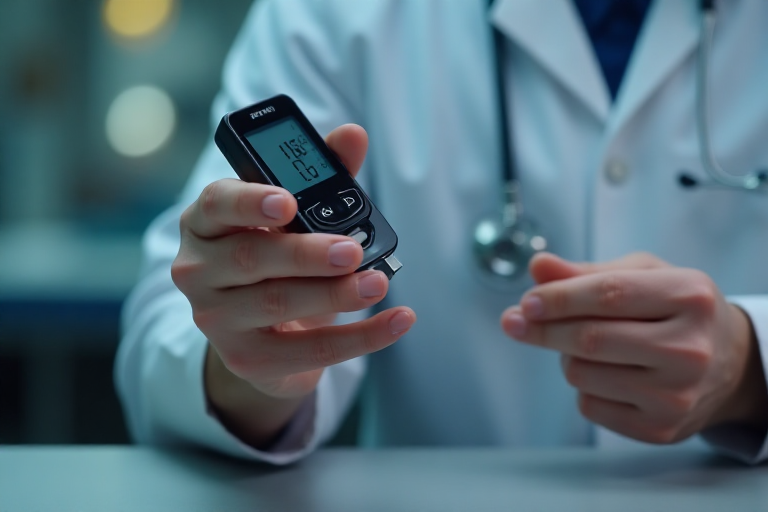
In today’s fast-paced world, managing health has become more crucial than ever. One of the most significant advancements in personal health management is the blood glucose meter. This device has revolutionized the way individuals monitor their blood sugar levels, especially those living with diabetes. In this article, we will delve into the intricacies of the blood glucose meter, its importance, how it works, and tips for effective usage.
What is a Blood Glucose Meter?
A blood glucose meter, often referred to as a glucometer, is a portable device that measures the concentration of glucose in the blood. It is an essential tool for people with diabetes, enabling them to monitor their blood sugar levels regularly and make informed decisions about their diet, exercise, and medication.
How Does a Blood Glucose Meter Work?
The operation of a blood glucose meter is relatively straightforward. It involves a small sample of blood, usually obtained by pricking the fingertip with a lancet. The blood sample is then placed on a test strip, which is inserted into the meter. The meter reads the glucose level in the blood and displays the result on its screen within seconds.
Importance of Regular Monitoring
Regular monitoring of blood glucose levels is vital for individuals with diabetes. It helps in:
- Preventing hyperglycemia (high blood sugar) and hypoglycemia (low blood sugar)
- Adjusting insulin doses accurately
- Understanding the impact of food, exercise, and stress on blood sugar levels
- Reducing the risk of long-term complications such as neuropathy, retinopathy, and cardiovascular diseases
Choosing the Right Blood Glucose Meter
With numerous models available in the market, selecting the right blood glucose meter can be daunting. Here are some factors to consider:
- Accuracy: Ensure the meter provides consistent and accurate readings.
- Ease of Use: Look for a user-friendly interface, especially if you are elderly or have dexterity issues.
- Data Management: Some meters come with features that allow you to store and analyze your readings over time.
- Cost: Consider the cost of the meter and the ongoing expense of test strips.
- Portability: If you travel frequently, a compact and lightweight meter would be ideal.
Tips for Effective Usage
To get the most out of your blood glucose meter, follow these tips:
- Wash Your Hands: Always wash your hands before testing to avoid contamination that could affect the reading.
- Use Fresh Test Strips: Ensure that the test strips are not expired and are stored properly.
- Calibrate the Meter: Some meters require calibration with each new batch of test strips. Follow the manufacturer’s instructions.
- Record Your Readings: Keep a log of your blood sugar levels to track patterns and share with your healthcare provider.
- Regular Maintenance: Clean your meter regularly and replace the battery as needed.
Future of Blood Glucose Monitoring
The future of blood glucose monitoring looks promising with advancements in technology. Continuous Glucose Monitors (CGMs) are becoming more popular, offering real-time glucose readings without the need for frequent finger pricks. Additionally, integration with smartphones and wearable devices is making it easier for users to manage their diabetes more effectively.
In conclusion, the blood glucose meter is an indispensable tool for anyone managing diabetes. By understanding how it works, choosing the right model, and using it effectively, individuals can take control of their health and lead a better quality of life.
